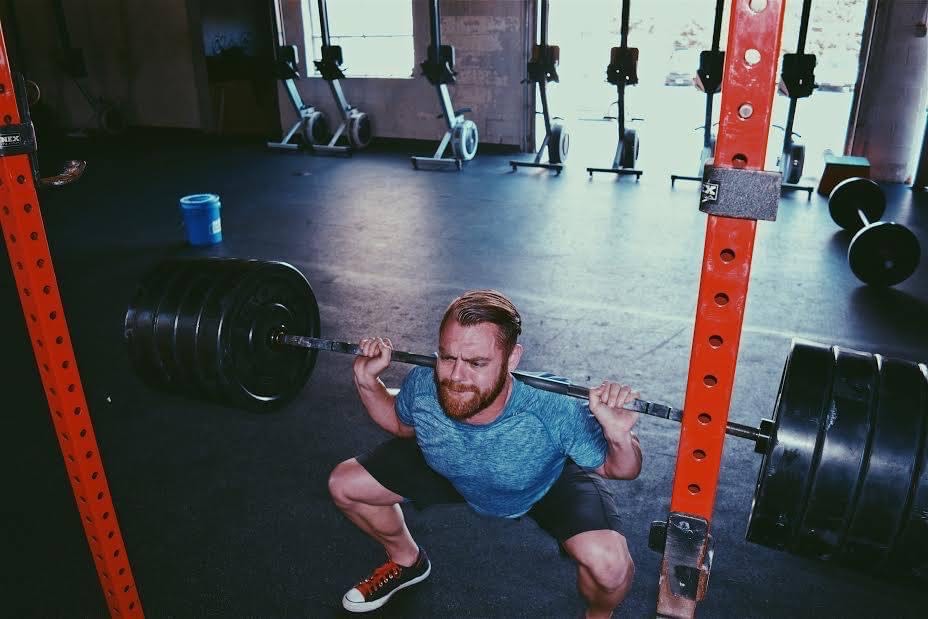Getty weighs in on 'What is Real #Recovery'
By Getty
If you’re into the gym and follow enough fitness accounts, I’m sure your ads are full of the newest percussion gun, foam roller, or self myofascial release tool. Not going to call out any company specifically, but what I will say is…they don’t do what they say they do. Their goal is to sell a product that makes you feel good after you use it, but are you actually better? The quick answer is no, those devices provide a sensory overload to the tissue and your brain makes it feel better.
I’m not going to lie and say I haven’t used a percussion gun for short term relief from a tough workout, because I have and with no surprise it made me feel better. Things it did not do though:
- Break up scar tissue
- Remove adhesions
- Loosen muscles
- Any lasting physical change
Read that last part again, because it’s important to understand that concept. All the fancy tools being sold actually overload your nervous system enough to create enough stimulation to confuse your body into temporarily feeling better. Nothing physically changes, the amount of force necessary to physically change tissue would not be possible.
If the feel good recovery tools don’t actually do much besides short term sensory relief, then what should people do for their recovery? It’s a pretty basic answer and it doesn’t cost much:
- Sleep over 6 hours
- Eat minimally processed foods and minimize processed ones
- Get on a great training program that makes sense for your goals
Two of the three should be done with a professional in that field (nutrition & training program) and the third just means you won’t be able to finish the whole season of The Great British Baking Show in one day. The most challenging part of the three is consistency, so keep after it and enjoy actual recovery.
Getty
*None of this is intended as medical advice, if you are having any medical issues, please seek appropriate help with a professional in that field.
